What is darkness? Literally, it means the absence of light. But delve a little deeper, and you will discover darkness has profound implications. Darkness is deprivation. Darkness means not having access to knowledge and enlightenment. Darkness is danger.
We flick on a switch and light floods our homes and offices. But there are still many corners of the earth where light is a rarity. These are the poverty-ridden areas of the world and zones ravaged by wars or natural calamities where the choice is between living in the dark and using a kerosene lamp, an expensive light source that also spews toxic fumes that kill.
Professor Alice Chun has made it her mission to dispel the darkness—literally and figuratively—in these neglected corners of the earth. She arms us with the SolarPuff, a nifty, quirky gadget that will not only light up these dark places but will also transform the lives of the people here by reducing pollution, improving health, increasing safety, enabling education, and uplifting potential.
SolarPuff: The Design Specs
SolarPuff is an ultra-light (only 2.6 ounces) solar-powered, collapsible and portable light source. The illumination comes from 10 LEDs that provide 8-12 hours of lighting on full charge. They need about eight hours of bright sunlight to be fully charged. There are three light settings: low, high, and blinking.
The SolarPuff is packed flat but pops up into a soft cube that can float in water. Don’t be fooled by its delicate design or the light sailcloth material that it’s made of. The SolarPuff is waterproof and holds up in most climates.
But it is more than the sum of its design, looks, and functionality. It is more than a fancy new, “green” gadget that will just serve you when you camp out. The SolarPuff is unique because of how it has changed lives for the better across the world. This is a gadget that has lighted up the nights of countless homeless earthquake victims of Haiti and Nepal and is now transforming the lives of Syrian refugees in Greece.
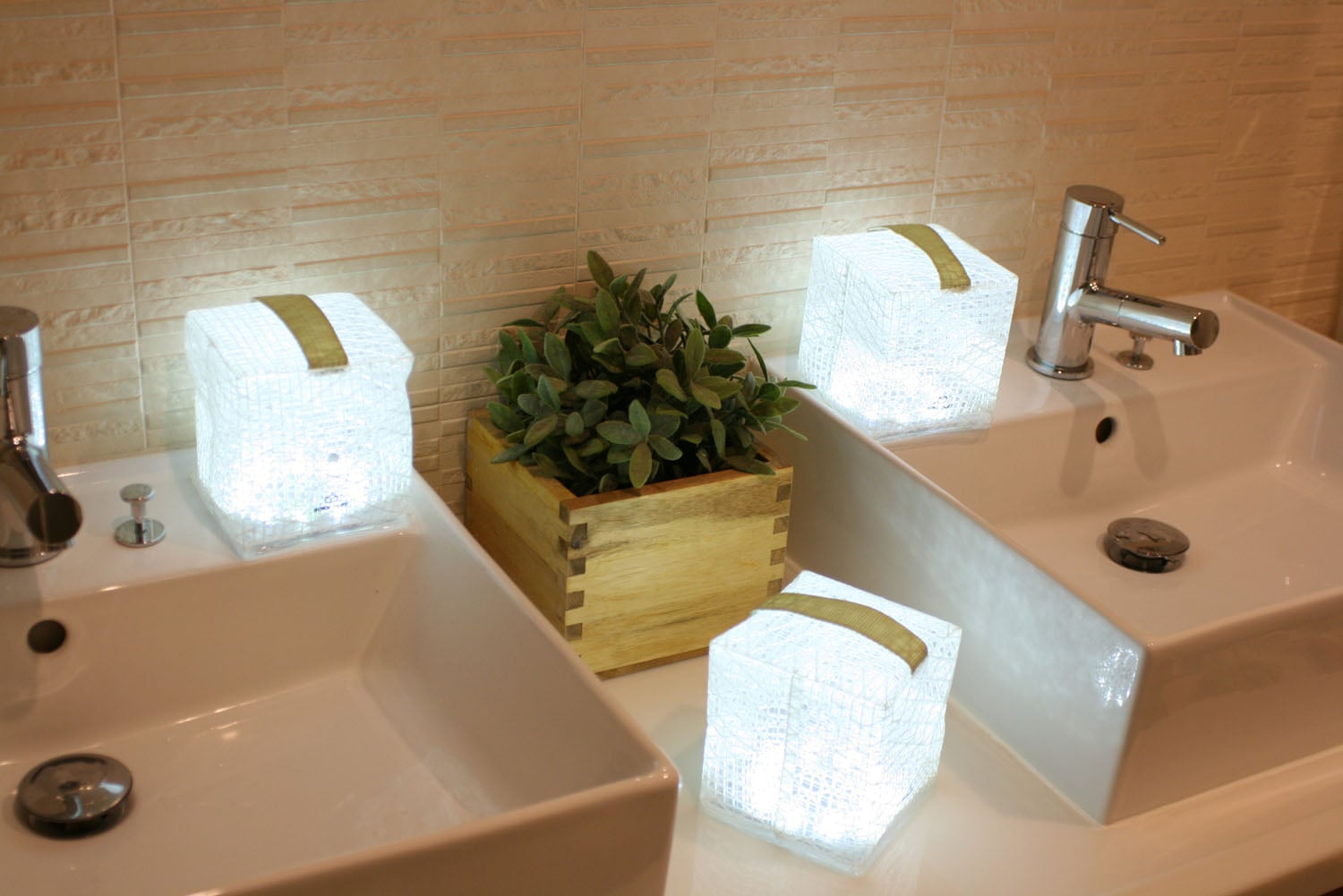
SolarPuff and Its Social and Environmental Impact
What is quality of life? Of course, it means having safe and easy access to the basics like water, food, and shelter. But there’s more to the concept, as Alice Chun, inventor of SolarPuff, points out.
Alice Chun is the founder of Focus on Architecture Art Relief Making (FAARM), a charitable organization that helps needy and distressed communities around the world better their lives with sustainable design solutions. The SolarPuff is her brainchild, the result of seven years of research.
One objective of FAARM is to better lives and societies by reducing pollution. As the mother of a child with asthma, Chun realizes how toxic fumes can damage the sensitive lungs of children and impair them for life. Yet in impoverished communities around the world where there is no electricity, kerosene lanterns are a necessity of life. Two million children die every year after prolonged exposure to kerosene fumes. And they were just doing their homework at night!
Chun’s design has also brought down the cost of lighting in poor communities where people tend to spend up to 30 percent of their earnings on kerosene (they earn about $2 a day), an expenditure that further strains them financially. So in addition to cleaning the air, the SolarPuff has immense potential to improve the economic condition of people in poverty-stricken areas of the world.
It has transformed lives in ways other than the obvious as well. For instance, just by providing a light source, the SolarPuff has decreased violence, especially on women, in dark areas.
The SolarPuff has given many people around the world a shot at a better life where they can be safe and healthy and fulfill their potential.
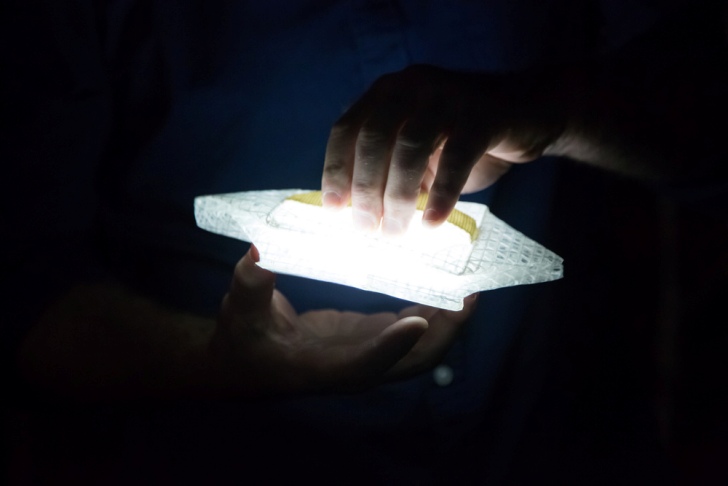
SolarPuff: The Inspiration and the Future
SolarPuff’s use is not just limited to poverty-stricken areas, war zones, refugee camps, and regions struck by natural calamities. It is imperative that urban dwellers too adopt this green mode of lighting. In fact, the ideological seed for the SolarPuff was planted in the concept of creating sustainable and emission-free lighting sources that would reduce air pollution in urban areas.
Alice Chun had to take her child to the doctor’s office often. There she met with countless kids stricken with allergies and had trouble breathing in the toxin-laden air of New York. She learned that 1 in 4 children in New York suffer from asthma from city pollution carbon emissions from buildings cause 75% of the pollution).
Alice Chun started to research on and experiment with solar panels. She worked with solar panels and simple circuits that were attached to LEDs. She used sailcloth because it is light, strong, and can be recycled, a sustainability feature that adds to the viability of a “green” product.
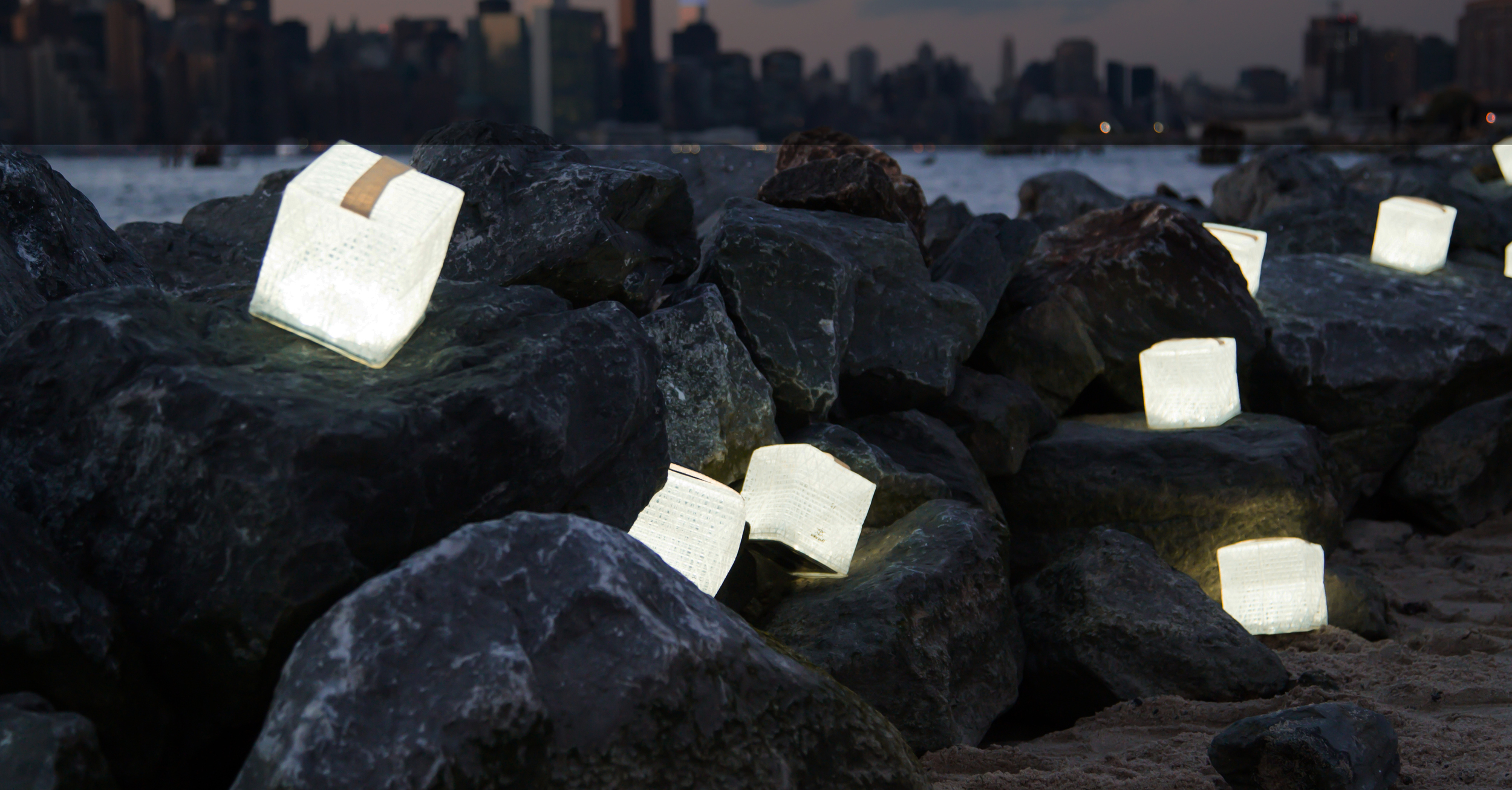
And then came the Haiti earthquake. Alice Chun realized that NOW was the time to move from the drawing board to production. The SolarPuff was conceived, designed, and developed in her architecture studio that she fashioned into an innovation hub to test out her ideas.
The poverty-stricken villages of Haiti were the testing grounds for the SolarPuff. Needless to say, in a region where people were so poor that many couldn’t even afford the glass casing that covers the kerosene light and keeps in the fumes (to some extent), the SolarPuff was warmly received.
From there the 10 Million Rays of LightTM campaign was established, a movement that has dispelled darkness in the high mountainous reaches of Nepal and is striving to make life safer and convenient in the refugee camps of Greece.
But poverty is not just a feature of the developing nations of the world. According to the U.S. Department of Energy, about 40% of homes in the Navajo Nation areas don’t have electricity. As do hundreds and thousands of households in poor inner-city and rural areas of North America.
And on a smaller scale, SolarPuff makes a great camping addition. Get the SolarPuff.
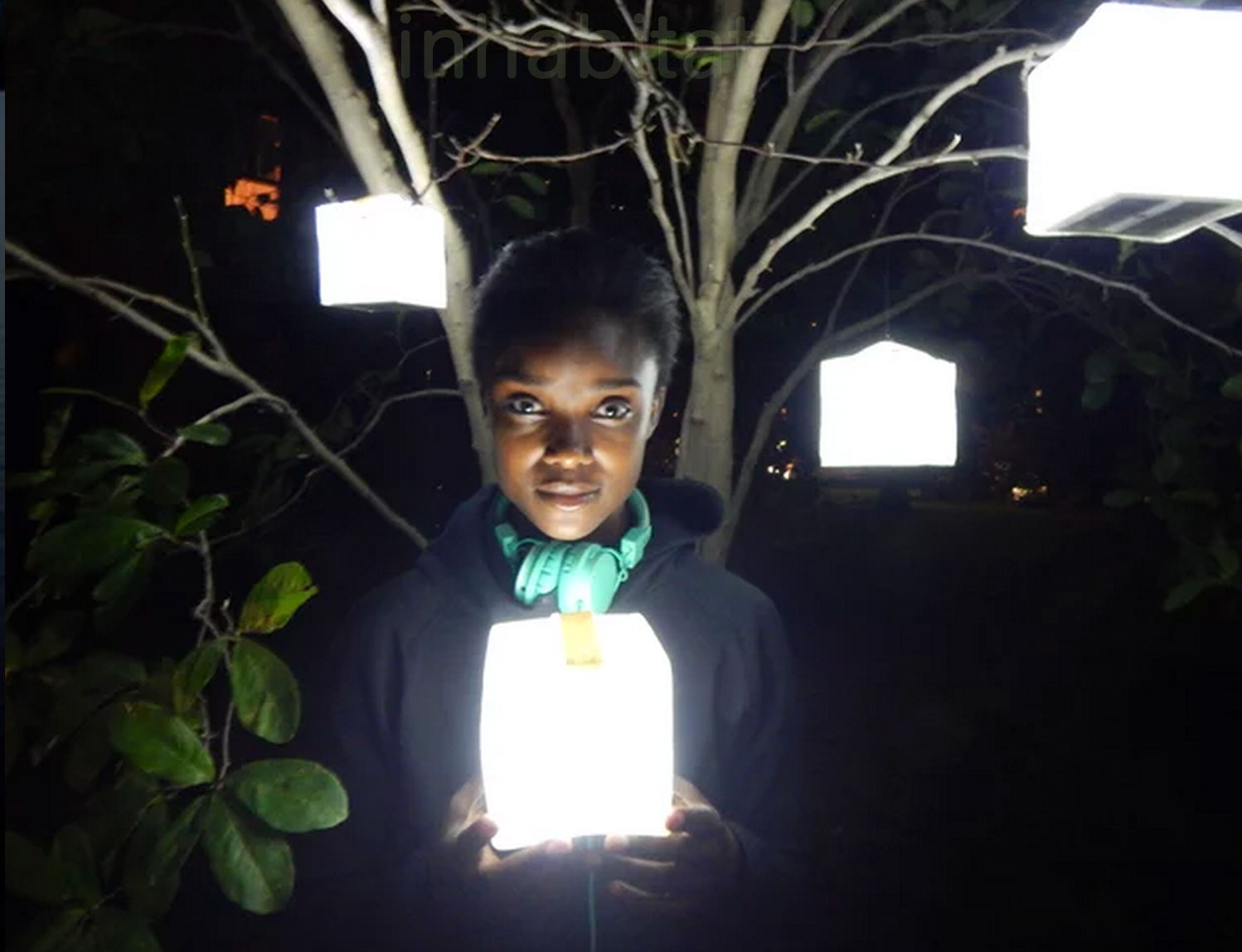

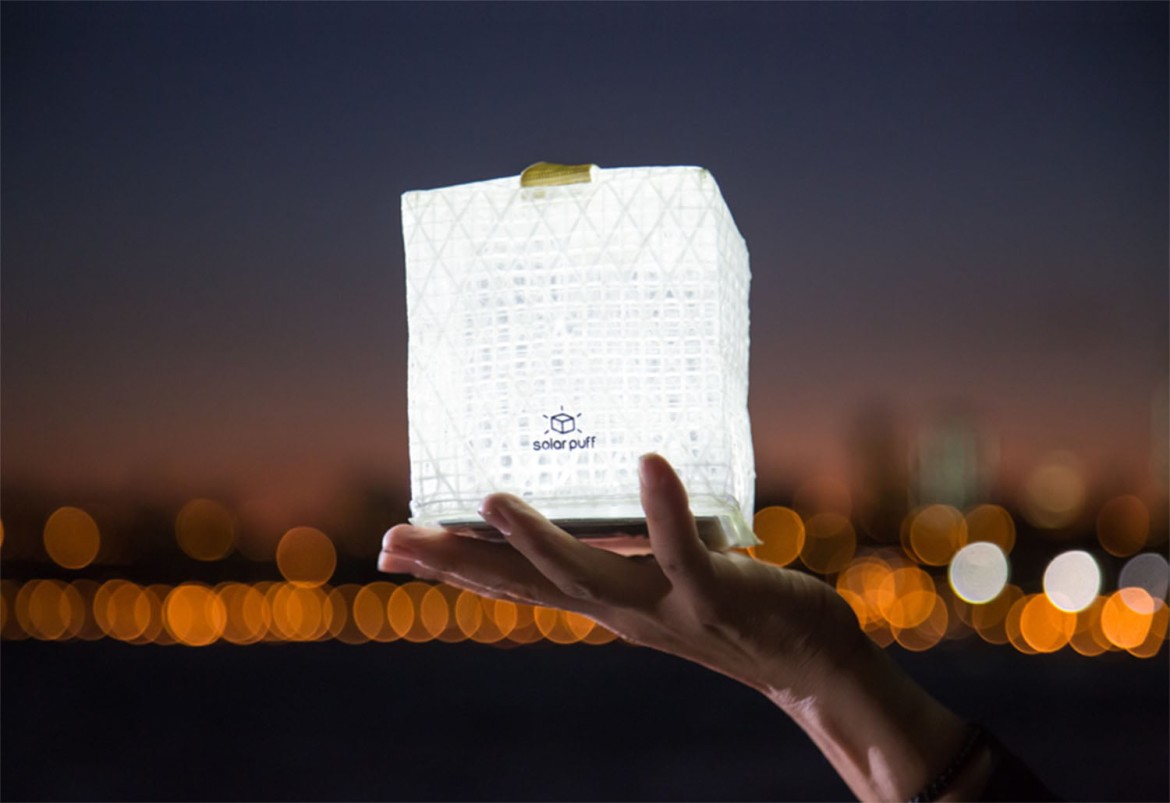





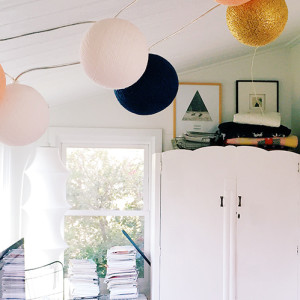

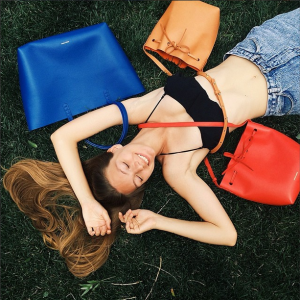
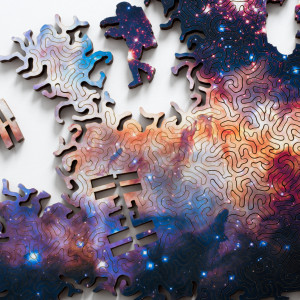
Leave a reply